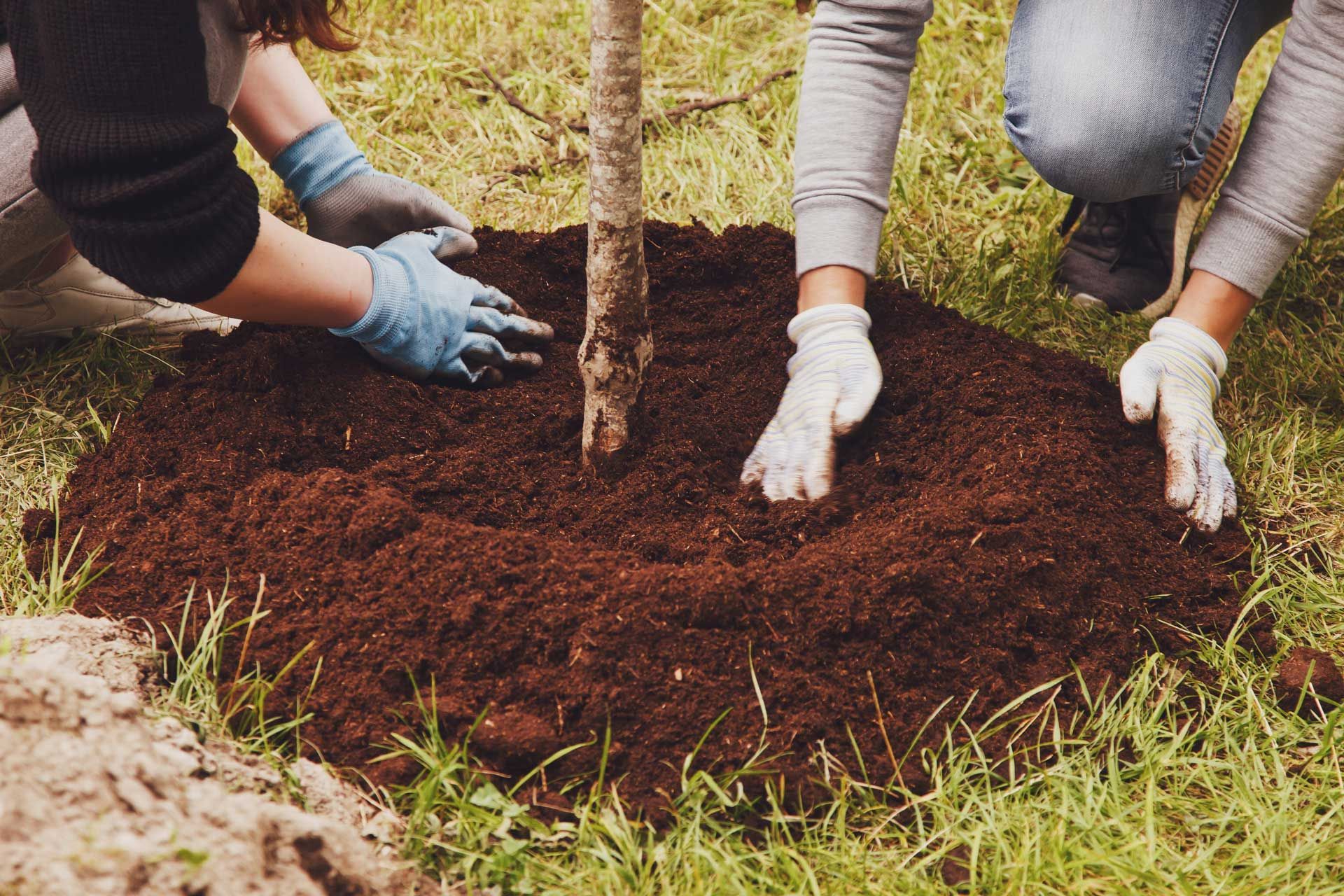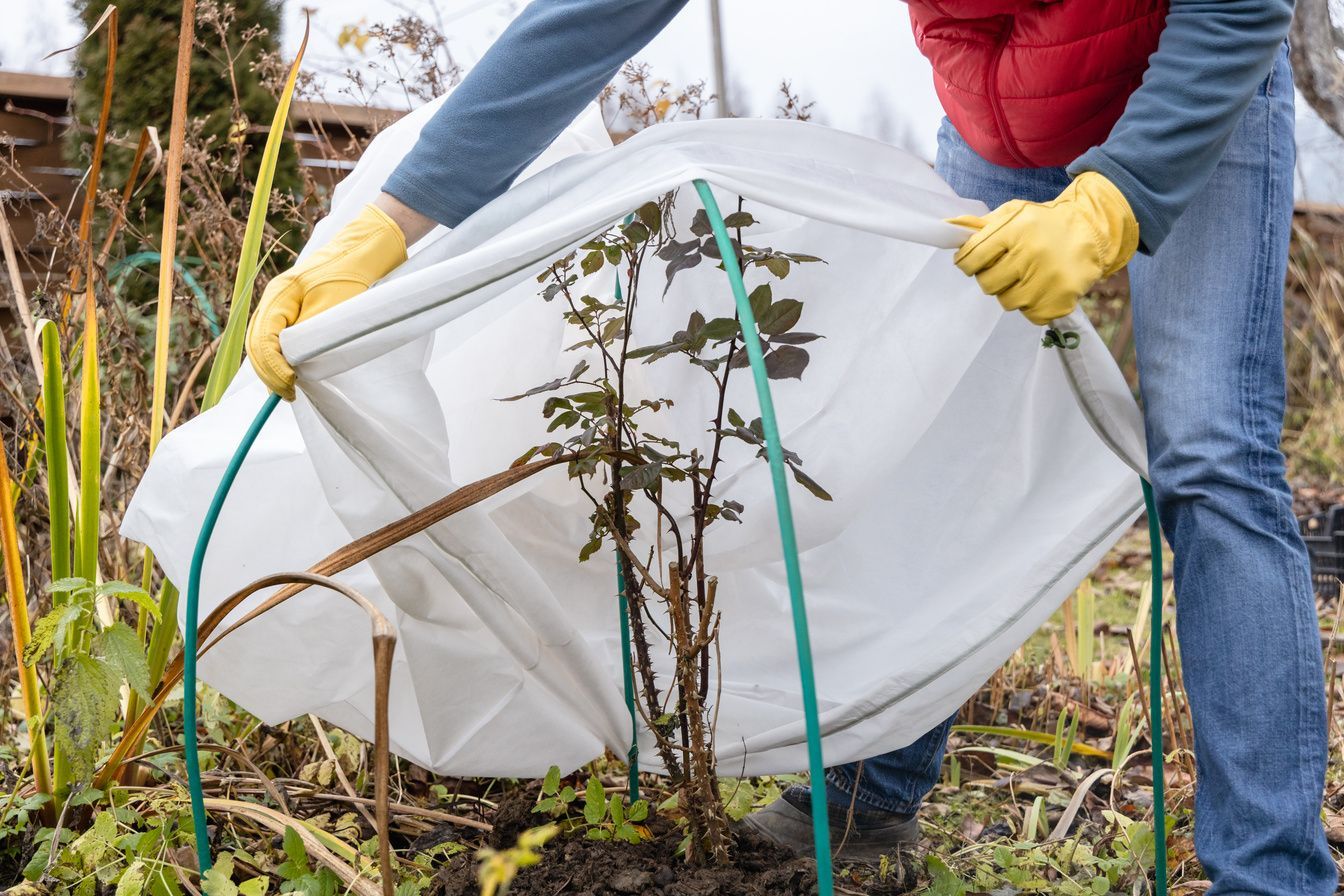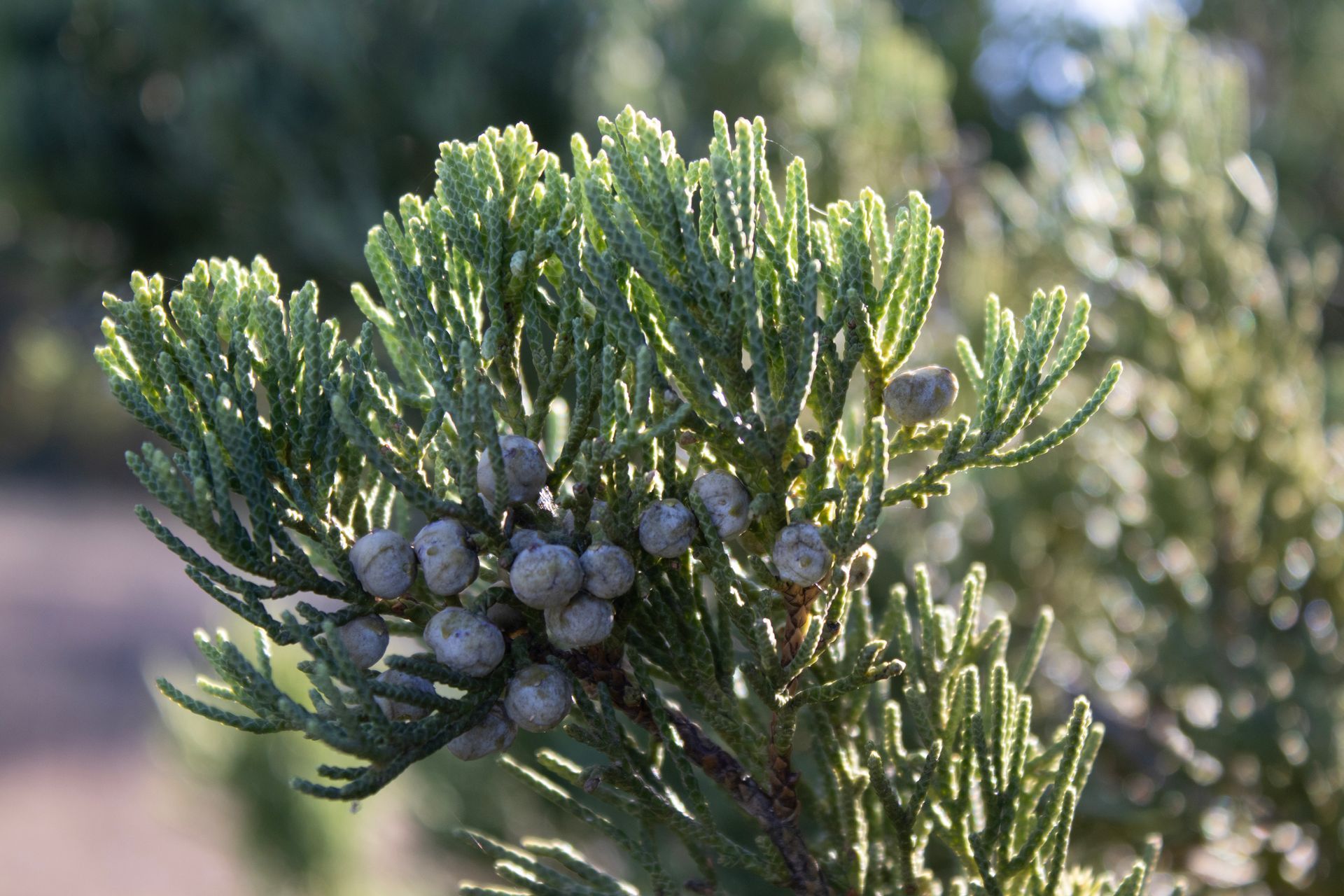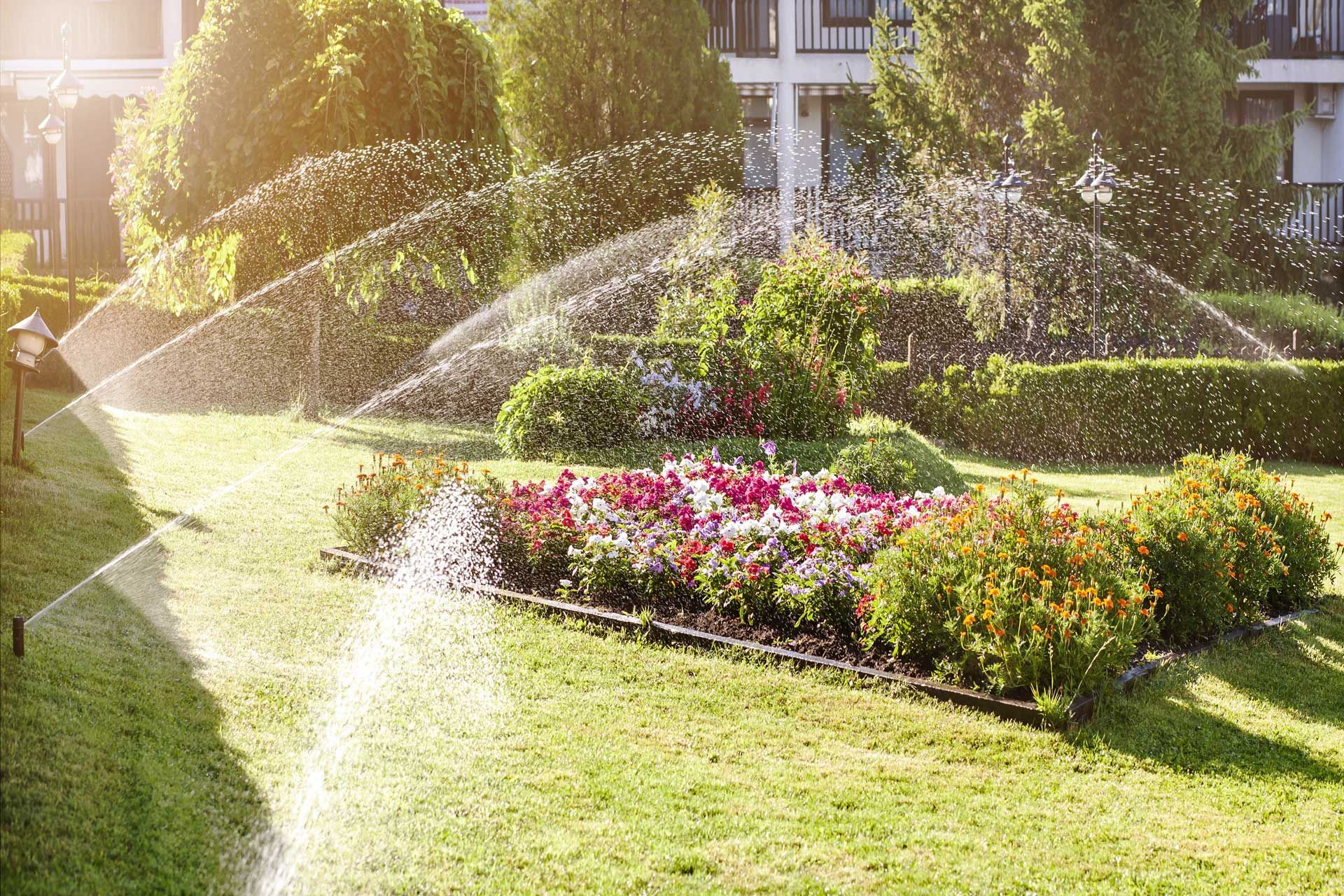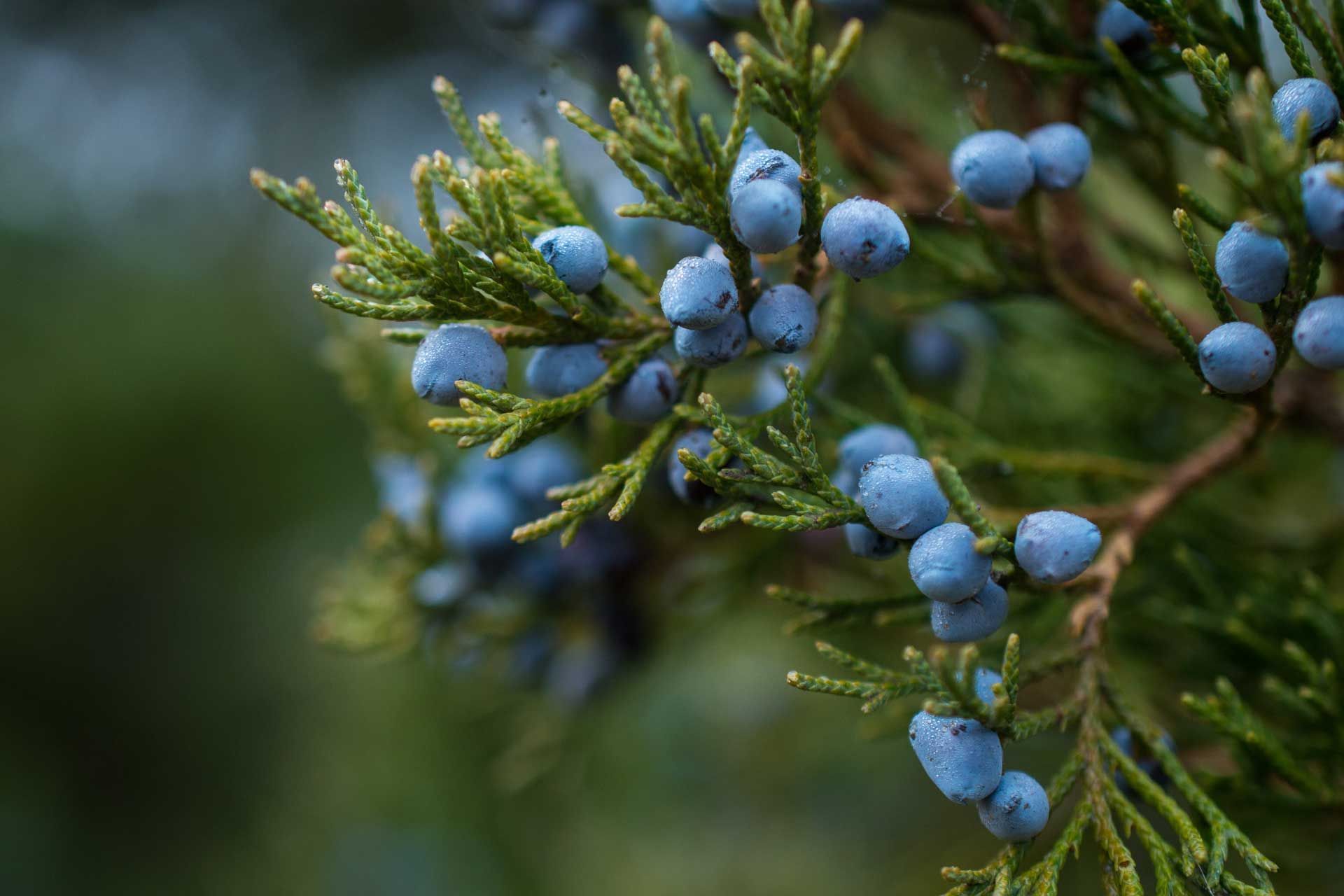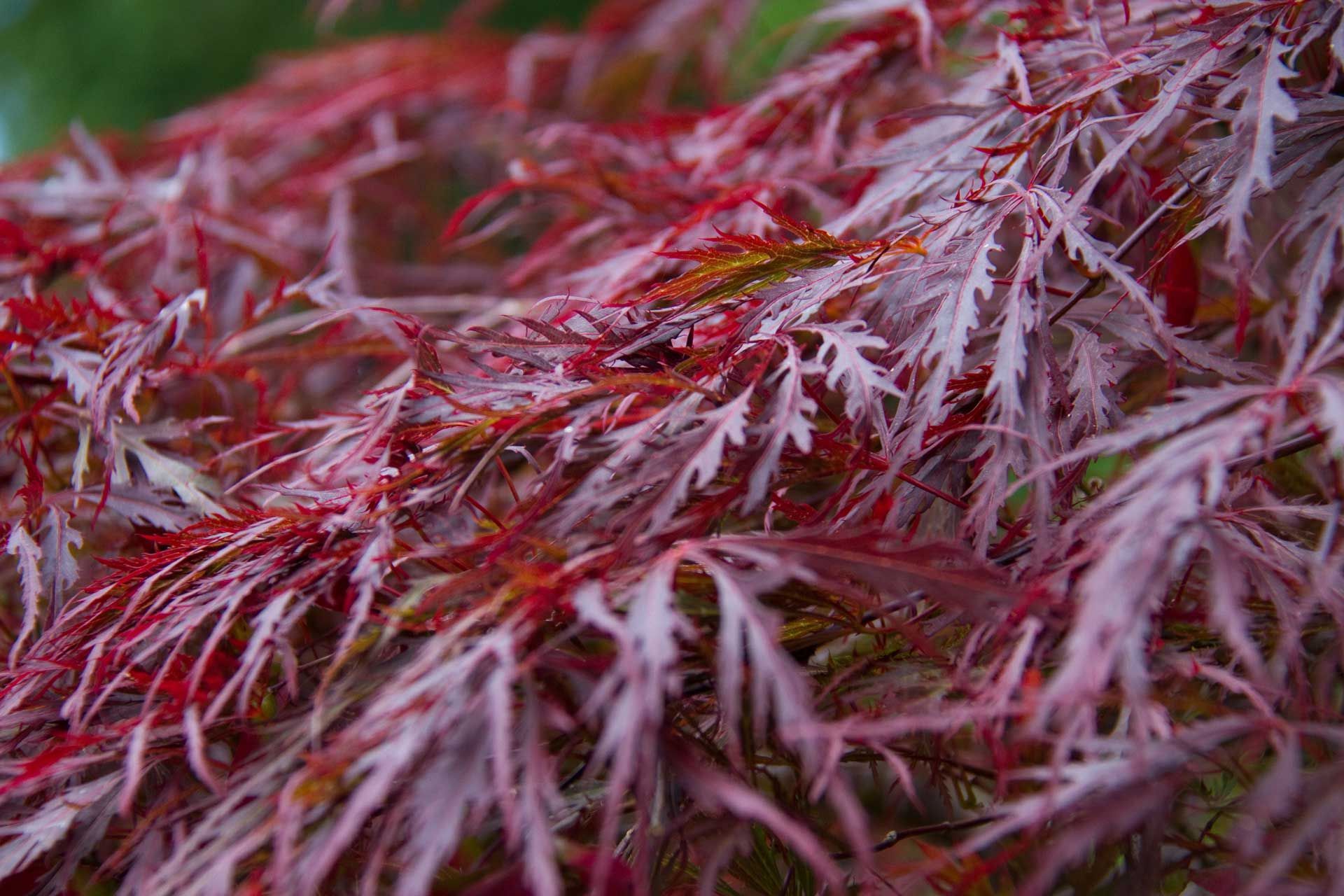How to Grow & Care for Your Garden
Choosing the Right Plant
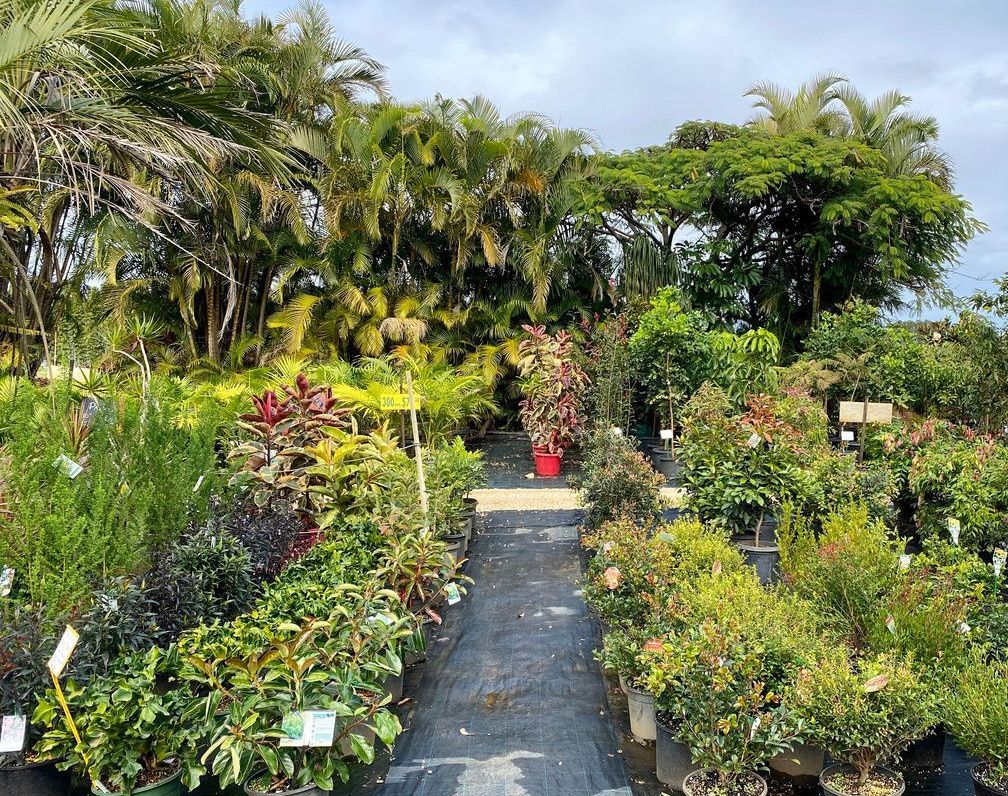
1.
Light Conditions
When planting keep your soil type in mind if your soil needs to be amended do so. When planting make sure the root ball is above level ground by 2 inches to prevent rot root or fungus.
2.
Climate
Consider your local climate and weather you’ll be keeping the plant indoors or outdoors. Some plants are more suited to specific temperature ranges.
3.
Space
Evaluate the size of the area where you want to place the plant. Make sure the plant will have enough space to grow without overcrowding.
4.
Soil & Drainage
Different plants have different soil & drainage needs. Make sure you can provide the right conditions for your plant.
5.
Maintenance Level
Determine how much time & effort you’re willing to invest in plant care. Some plants require regular watering & pruning, while others are more low-maintenance.
Choose the Right Soil
Choosing the right soil is crucial for your plants.

1.
Understand Your Plant's Needs
Different plants require different soil types. Research the specific needs of your plants.
2.
Consider Soil Type
- Sandy Soil: Drains quickly,good for drought-tolerant plants.
- Clay Soil: Retains moisture, but can be heavy; good for moisture-loving plants.
- Loamy Soil: A balanced mix of sand, silt and clay; fertile and well-draining. Great for most garden plants.
- Peaty Soil: High in organic matter; retains moisture and is often acidic. suitable for acid-loving plants.
Watering
Proper watering is essential for a plant's health.
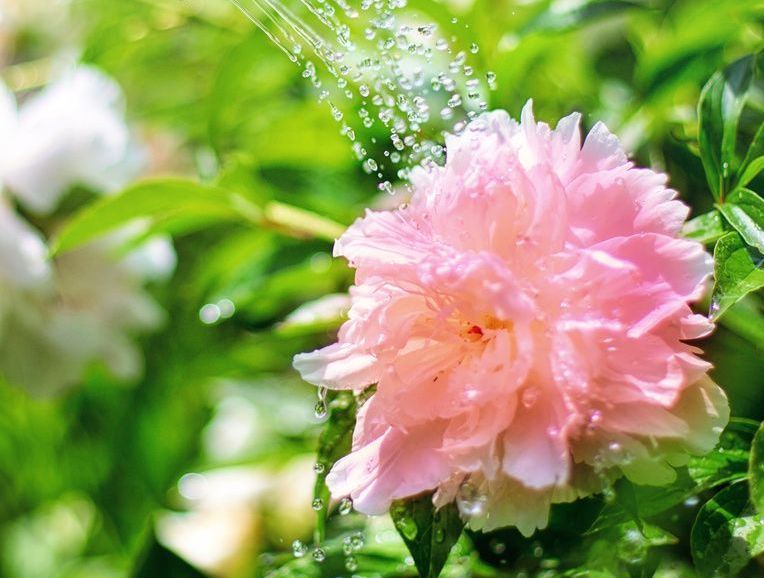
1.
Check Soil Moisture
Feel the soil: Stick your finger about an inch into the soil. If it feels dry, it’s time to water. If it’s still moist, wait.
2.
Time of Day
- Morning watering: watering in the morning helps reduce evaporation and allows plants to absorb moisture before the heat of the day.
- Evening watering: If you must water in the evening, do so early enough to allow leaves to dry by nightfall to prevent disease.
3.
Adjust for Plant Type
- Different Needs: understand the specific watering needs of your plant; Some may prefer moist soil while others prefer drier.
- Seasonal Changes: Adjust your watering schedule with the season, as plants often requires less water in cooler months.
4.
Watch for Signs of Over- or Under-watering
- Overwatering: Look for yellow leaves, wilting or root rot.
- Under watering: Signs include drooping leaves, dry soil, and brown leaf edges.
Lighting
The amount of sunlight shrubs receive is crucial to their health and appearance. Each type of shrub has specific sunlight needs that can affect its growth, foliage, and flowering potential.

1.
Full Sun
- Requirements: 6+ hours of direct sunlight daily.
- Best For: Flowering shrubs (like roses, lilacs, and butterfly bushes) that produce vibrant blooms and need plenty of light.
- Benefits: Full sun enhances blooming and keeps growth compact and healthy. Full-sun shrubs are also typically more drought-tolerant.
2.
Partial Sun/Partial Shade Shrub
- Requirements: 3-6 hours of sunlight, preferably in the morning or filtered throughout the day.
- Best For: Shade-tolerant flowering shrubs, such as hydrangeas, azaleas, and rhododendrons.
- Benefits: Partial sun is ideal for shrubs that need some protection from intense afternoon heat, helping to maintain color and reduce stress.
3.
Full Shade Shrub
- Requirements: Less than 3 hours of direct sunlight or filtered light throughout the day.
- Best For: Shade-loving shrubs like hosta, and certain types of ferns that thrive under trees or against shaded walls.
- Benefits: Shade-tolerant shrubs can handle low light without losing their lush appearance, making them perfect for shaded borders and woodland areas.
Fertilizing
Fertilizing helps plants thrive by providing essential nutrients for strong growth, vibrant blooms, and increased resistance to disease.

1.
Know Your Plant's Needs
Different plants have different nutrient requirements.
- Nitrogen (N): Promotes leafy growth.
- Phosphorus (P): Supports root and flower development.
- Potassium (K): Enhances overall plant health.
2.
Choose the Right Fertilizer Type
Organic Fertilizers: (compost, manure, bone meal) Release nutrients slowly and improve soil health.
Synthetic Fertilizers: Provide quick results with specific nutrient formulas but may require more frequent applications.
3.
Timing
- Growing Season: Fertilize during active growing season (Spring-Summer)
- Frequency: Depending on the type of fertilizer, you may need to apply every few weeks.
How to Fertilize

Apply Fertilizer Seasonally
Spring:
Fertilize most plants as they start their growing season to encourage leaf and root growth.
Summer:
Apply a balanced fertilizer for continued growth, but reduce frequency if plants slow down in heat.
Fall:
Use a low-nitrogen fertilizer for perennials to support root strength over foliage.
Winter:
Avoid fertilizing; most plants are dormant and don’t need extra nutrients.
Application Method
Granular Fertilizer:
Spread it on the soil evenly a long drip line.
Liquid Fertilizer:
Dilute according to the package instructions and apply directly to the soil or as a foliar spray.
Slow-Release Fertilizer:
Mix into the soil for long-lasting effects.
Amount
- Follow Recommendations: Follow guidelines provided on the fertilizer package for the appropriate amount based on plant type and size.
- Over-Fertilizing Risks: Too much fertilizer can harm plants, causing leaf burn or nutrient imbalances.
Fertilizing
Fertilizing helps plants thrive by providing essential nutrients for strong growth, vibrant blooms, and increased resistance to disease.

1.
Use the Right Tool
Invest in sharp, clean pruning shears, loppers, and saws. Clean tools to prevent disease.
2.
Know the Plant
Research specific needs for each plant type, as some thrive with heavy pruning while others prefer minimal intervention.
3.
Timing is Key
Prune at the right time of the year. For most plants, late winter or early spring is ideal before new growth start.
4.
Observe Growth Patterns
Look for areas where growth is dense or inward-facing and target those for trimming to improve airflow and light penetration.
Pruning Techniques

1.
Thin Out Crowded Areas
Remove some branches to reduce congestion and promote healthier growth.
2.
Cut Just Above a Node
Make cuts just above a leaf node (where leaves attach to the stem) to encourage new growth.
3.
Angle Cuts
When cutting branches, make angled cuts to help water run off & prevent rot.
4.
Remove Dead or Diseased Wood
Always cut away dead, damaged, or diseased branches to improve plant health.
5.
Shape Wisely
Maintain a natural shape by cutting back longer branches.
